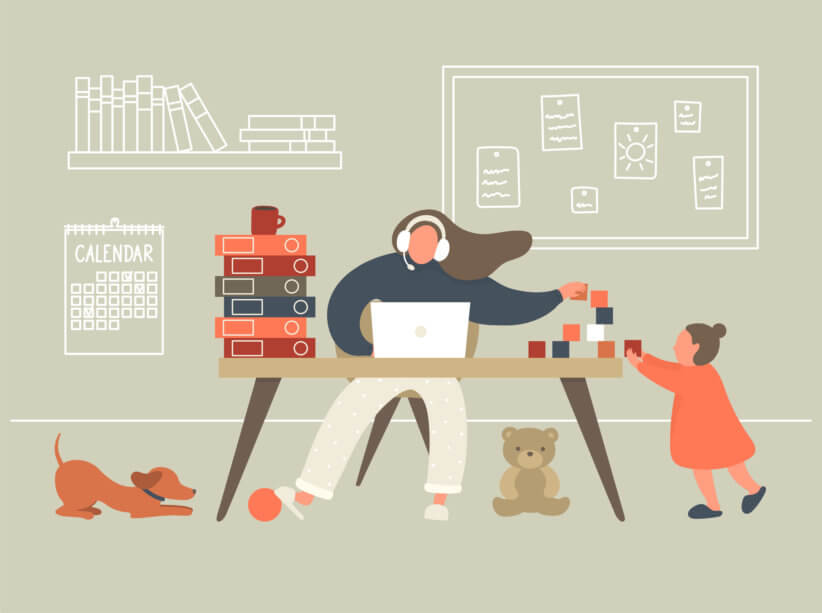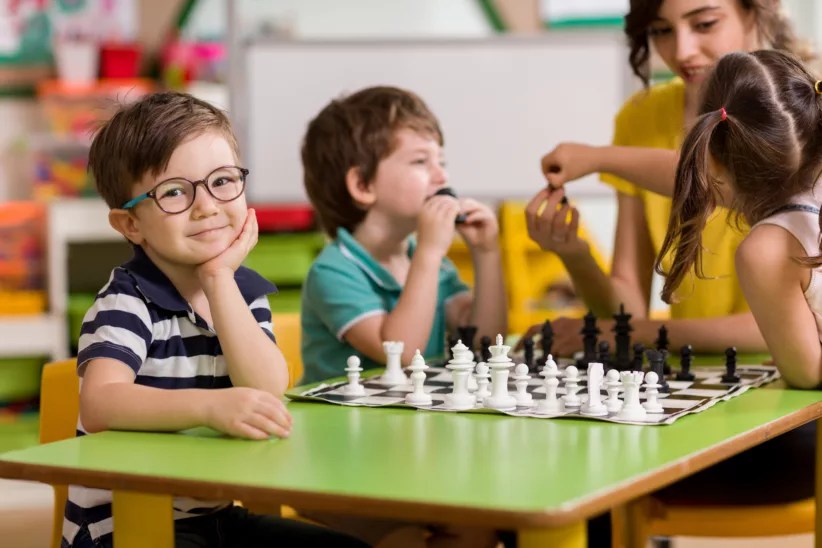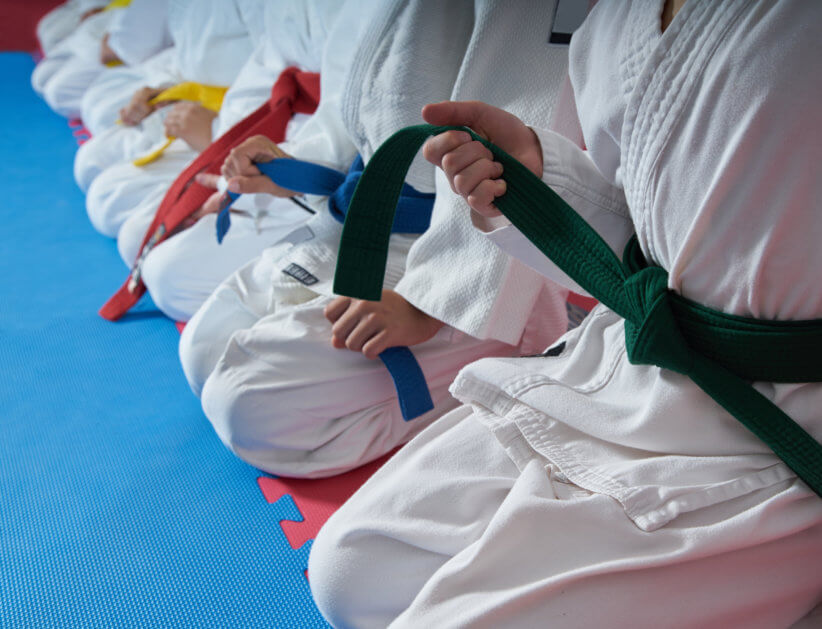My 10-year-old son is involved in more sports now that he is on summer vacation. I know kids will be kids, and accidents may occur, but I’m nervous about bone injuries. For instance, what is the difference between a bone fracture and a sprain, and what should I do if I suspect an injury?
Children should always wear proper protective gear while playing sports, although it is impossible to entirely eliminate the risk of a fracture or sprain if your child is active during the summer. It is estimated that two out of five boys and one out of four girls will sustain a fracture at some point during their youth. The good news is that the vast majority of pediatric fractures can be treated without surgery. Being able to recognize the signs of sprains and fractures will allow you to seek the proper medical care quickly, and ensure that your child has the best chance of making a full recovery, while keeping the break in action to a minimum.
Football, lacrosse, and other contact sports naturally increase the chances of accidents, but almost all athletic activities apply high levels of stress on bones and muscles, making injuries more likely. The most common pediatric bone fracture is a broken wrist, since children tend to instinctively reach towards the ground in an attempt to break a fall. Other bones that are commonly fractured include elbows, collarbones, fingers, and toes.
Sprains can also result from athletic activities. Whereas fractures affect the bones, sprains occur when a ligament (the white, fibrous, slightly elastic tissue that binds the ends of the bones together) tears or splits when it stretches too far, like a rubber band being pulled apart. Those most commonly sustained on the playing field include sprains of the ankle, knee, back, finger, neck, groin, and hamstring.
Sprain symptoms can include pain, tenderness, swelling, and discoloration in the joint. While it is always best to seek medical attention when you are in doubt, your child does not necessarily need to visit a physician for a sprain. A visit to the doctor may only be necessary if the injured child has severe pain, can’t move the joint at all, can’t put any weight on it, has numbness in any part of it, has redness or red streaks spreading out from the injury, or has pain, swelling, or redness over a bony part of the body.
To treat a sprain at home, have your child rest the sprained joint by keeping weight off it, and use a crutch or other support on the uninjured side to lean away from the injury.
Your child should also cool the joint with an ice pack, compress it with an elastic bandage, and elevate the affected limb above the level of the heart as often as possible during the first 48 hours after the injury.
A child with a fracture needs professional medical care immediately. While a compound fracture, in which broken bone pierces the skin, is obviously serious, most broken bones do not have such clear visual cues. Symptoms of a fracture sustained internally include a snapping sound as the bone breaks, detectable deformity of the bone, abnormal movement of bone, grating sensation during movement, pain and tenderness, difficulty in moving or using the affected part, swelling, and discoloration. An X-ray is often needed to confirm a fracture, and the broken bone may need to be set (put back into place) and then immobilized with a cast until the break can heal. In more severe cases, surgery may be necessary to fully repair a fracture.






















